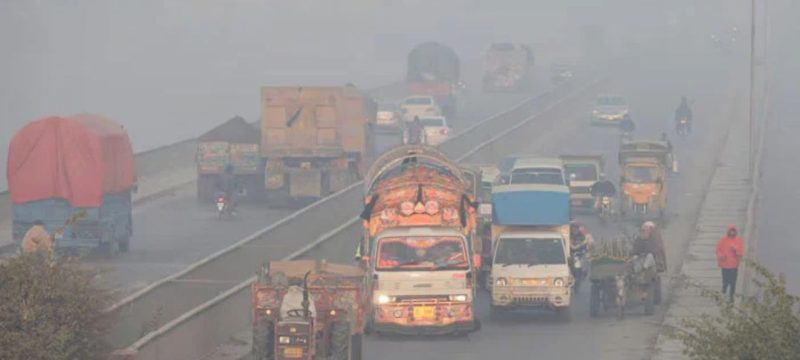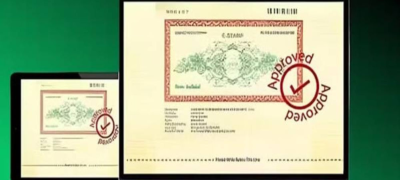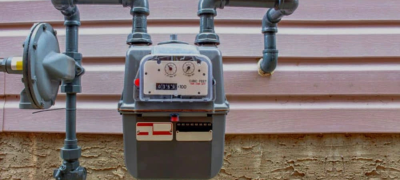Lahore has once again claimed the title of the world’s most polluted city, reaching an Air Quality Index (AQI) of 707 between 7 AM and 8 AM on Sunday. The city was shrouded in thick smog throughout the day, resulting in low visibility.
The maximum AQI recorded was 707 at 8 AM, with readings of 696 at 7 AM and 700 at 9 AM. Although the AQI began to decline throughout the day—dropping to 537 at 10 AM, 350 at 11 AM, and 236 at 9 PM—the AQI was still at 348 when this report was filed, surpassing New Delhi’s AQI of 294, which peaked at 499 on the same day.
Read more: Emergency Alert Issued in Lahore as Smog Chokes City’s Environment
The concentration of PM2.5 in Lahore reached 249µg/m³, which is 49.8 times higher than the World Health Organization’s annual air quality guideline value. The AQI reflects the levels of various pollutants in the air, including fine particulate matter (PM2.5), coarse particulate matter (PM10), nitrogen dioxide (NO2), and ozone (O3). An AQI over 100 is deemed unhealthy, while levels above 150 are considered very unhealthy and hazardous beyond 300.
The ongoing smog crisis, primarily driven by crop stubble burning and industrial emissions, has led the Punjab government to implement immediate measures to protect public health. In several areas of Lahore, the air quality was particularly poor, with readings of 639 near the CERP Office at 10 PM, 543 at Askari 10, and 549 at Pakistan Engineering Services (Pvt) Ltd.
The Punjab Environment Protection Department (EPD) issued a smog alert for the province, noting an abnormal decrease in Lahore’s 24-hour average AQI, which also affected visibility in the city. The alert indicated that polluted air is expected to flow into Lahore from Amritsar, New Delhi, and Chandigarh due to increased smog-laden air pressure and winds moving at 7 km/h.
Residents were advised to take precautions, such as checking the AQI before engaging in outdoor activities, wearing masks, keeping children indoors, and avoiding heavily polluted areas. In response to the deteriorating air quality, traffic police warned drivers to exercise caution, as visibility had reduced to one kilometer.
Punjab Senior Minister Marriyum Aurangzeb announced that the EPD teams had demolished four industrial units in Lahore for failing to comply with pollution control measures. She stated that these factories had repeatedly ignored directives to install emission control systems. Additionally, inspections of 941 vehicles led to fines for 234 smoke-emitting vehicles, the impounding of 72 vehicles, and a total of Rs503,000 in fines imposed on motorists contributing to pollution.
In other regions of the province, six kilns in Layyah, one in Sheikhupura, and four in Rawalpindi were shut down for not adopting zigzag technology. Ms. Aurangzeb emphasized that actions against smog would be taken rigorously and urged residents to actively support the anti-smog action plan to reduce pollution. She encouraged citizens to report any pollution-related activities by calling 1373, emphasizing the importance of protecting public health and contributing to government efforts against smog. She noted that the actions taken now would yield positive results over the next 8 to 10 years.









